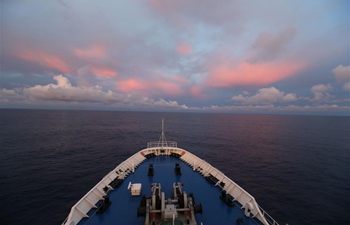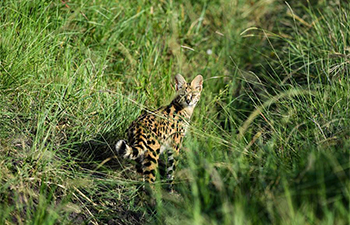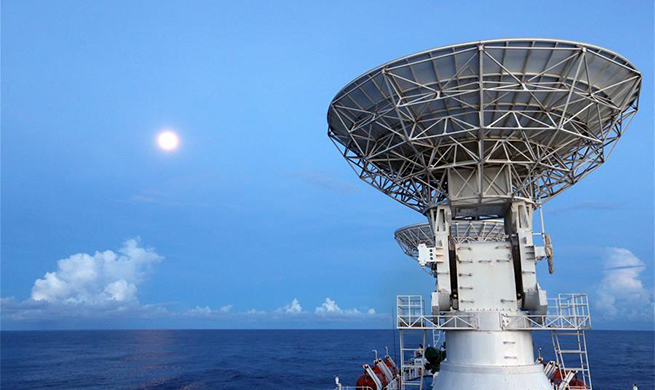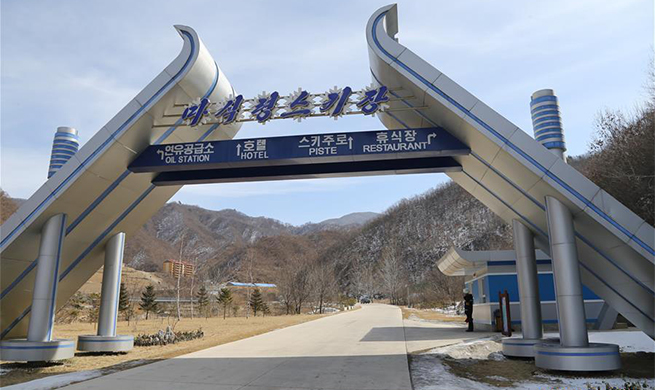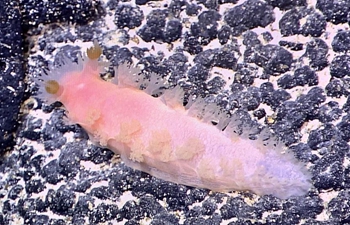CHICAGO, June 19 (Xinhua) -- By combining high-resolution microscopic techniques and geochemical modeling, researchers in the United States are using the formational history of Porites coral skeletons to fine-tune the records used to make global climate predictions.
The researchers collected drill cores from the skeletons of living Porites coral heads at 10 to 100 feet water depth on the Great Barrier Reef off the coast of Australia. These large coral heads reach nearly 10 feet (3.05 meters) in diameter, and some have been growing for hundreds of years.
"Based on our analyses, we see that the older portions of the coral heads growing in deeper seawater contain a higher concentration of diagenetic aragonite," said Kyle Fouke, a Bucknell University undergraduate student and co-author of the study.
"Using a broad array of light, electron and X-ray microscopy techniques, we were able to clearly differentiate between the original skeleton and diagenetic aragonite, when present," said Lauren Todorov, a molecular and cellular biology undergraduate student and study co-author.
Using these techniques, the researchers uncovered a multitude of different aragonite crystallization histories, ranging from seasonal variations in skeletal growth to smaller-scale processes that could be occurring on daily, even hourly, cycles.
By taking the extra steps to sort out the relative timing between the skeletal and diagenetic aragonite crystallization, the researchers integrated its data with chemical-mixing models for calcium, strontium and oxygen isotopes from geochemical studies of Porites from Papua New Guinea.
From this, they created the first reliable and reproducible correction factor that determines the magnitude of error that diagenetic alteration can place on sea-surface temperature measurements.
"Additionally, because this has been achieved using the carbonate mineral aragonite, which is ubiquitous among marine life, this same correction factor can be used with other sea creatures that secrete carbonate skeletons and shells," said University of Illinois (UI) geology and microbiology professor Bruce Fouke, who led the study.
For over 500 million years, corals have been passively keeping track of changing sea-surface temperature by recording the ratio of calcium to strontium and oxygen isotopes within their skeletons. The coral skeletons, which are made of calcium carbonate mineral, grow layers like tree rings that have increased amounts of strontium and the lighter isotope of oxygen during the warmer season. Climate scientists take advantage of this process to track sea surface temperature through time.
The new findings, posted on UI's website on Tuesday, have been published in the journal Frontiers in Marine Science.





